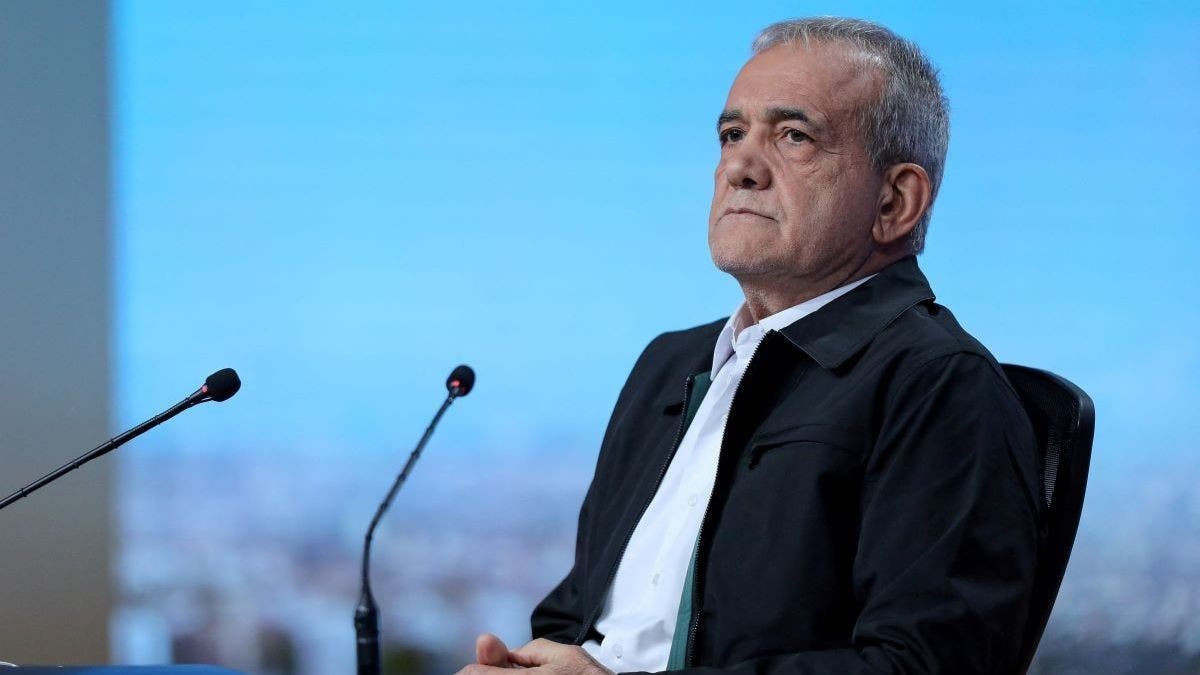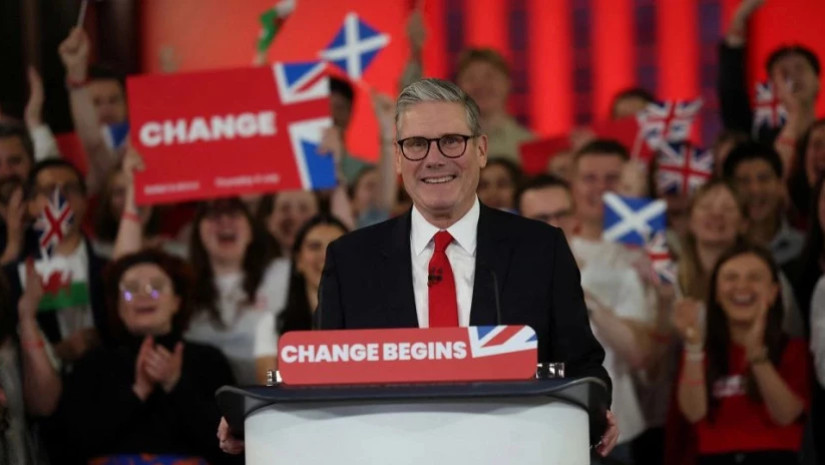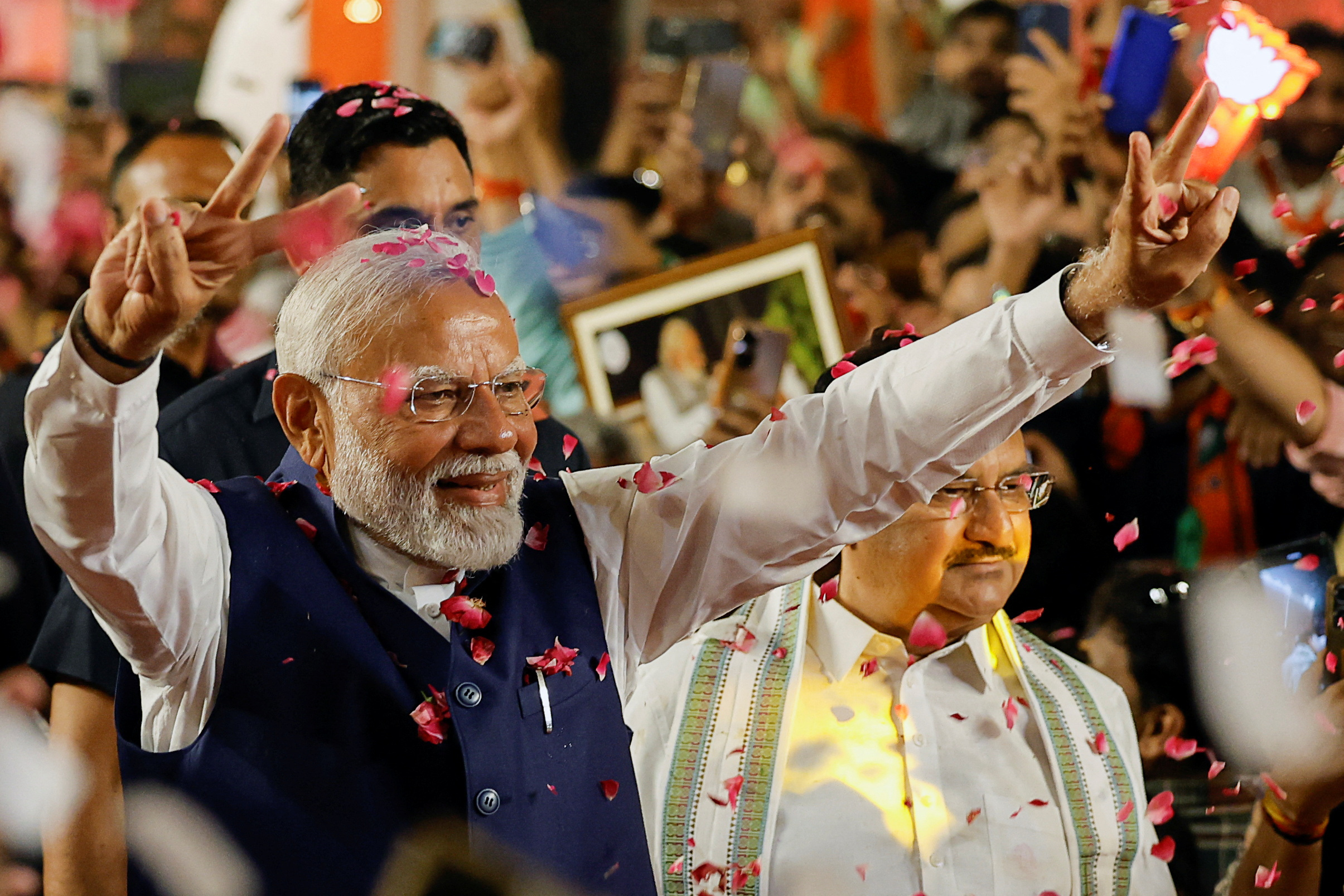Sri Lanka, officially known as the Democratic Socialist Republic of Sri Lanka, is an island country located in South Asia. Here is some information about the political system in Sri Lanka:
- Political Structure: Sri Lanka is a democratic republic, where the President serves as the head of state, the head of government, and the commander-in-chief of the armed forces. The President is elected by the people through a national election.
- Executive Branch: The President is the chief executive and is responsible for the administration of the government. The President appoints the Prime Minister, who is the head of the government and is usually the leader of the majority party or coalition in the Parliament. The President also appoints the Cabinet of Ministers, who are responsible for various government departments and ministries.
- Legislature: The Parliament of Sri Lanka is the legislative body of the country. It is a unicameral parliament, consisting of Members of Parliament (MPs) who are elected by the people through a general election. The Parliament is responsible for making laws, approving the budget, and exercising oversight over the executive branch.
- Political Parties: Sri Lanka has a multi-party system, with several political parties representing different ideologies and interests. The two major political parties in Sri Lanka are the Sri Lanka Freedom Party (SLFP) and the United National Party (UNP). There are also other smaller parties and independent candidates that participate in elections.
- Judiciary: The judiciary in Sri Lanka is independent of the executive and legislative branches. The Supreme Court is the highest judicial authority in the country and is responsible for interpreting the constitution and ensuring its adherence. Other courts include the Court of Appeal, High Courts, and Magistrate Courts, which handle civil and criminal cases.
- Provincial Councils: Sri Lanka is divided into nine provinces, each with its own provincial council. Provincial councils have certain powers and responsibilities in areas such as education, health, agriculture, and local development. The councils are headed by a Chief Minister and have elected members.



